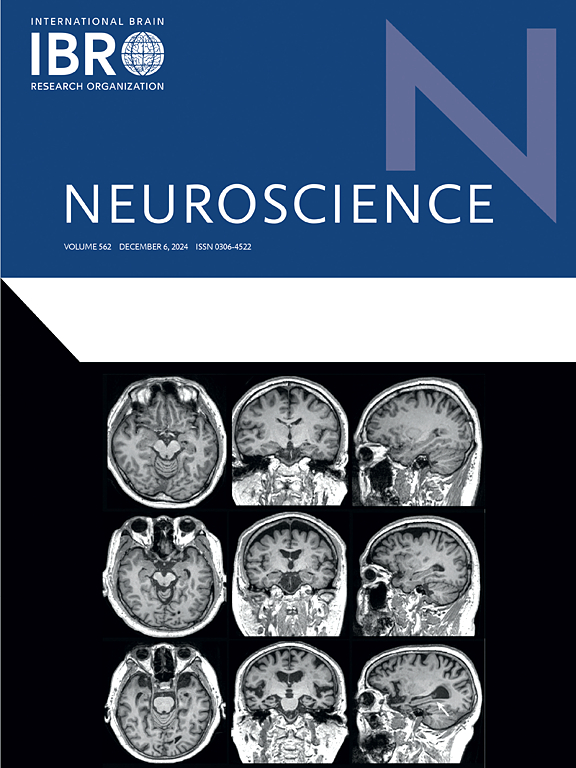Anti-seizure medication eslicarbazepine affects the synaptic transmission and plasticity in the rat hippocampal synapses
IF 2.9
3区 医学
Q2 NEUROSCIENCES
引用次数: 0
Abstract
Patients with epilepsy often have various memory and cognitive impairments and it has been observed that the use of anti-seizure medications (ASMs) sometimes worsen the conditions. Understanding the mechanism of action of ASMs on neuronal networks is key towards answering the comorbidities of epilepsy. We used single cell patch clamp experiments and field recordings to investigate the mechanism of action of the ASM, eslicarbazepine acetate (ESL) on excitability and synaptic transmission in the hippocampal synapses. Moreover, we also investigated the effect of ESL on long-term potentiation (LTP) in the hippocampal synapses. We found that ESL reduces the neuronal excitability and sodium channel currents in a concentration dependent manner. As a known sodium channel blocker, the application of ESL was expected to decrease the amplitude of fEPSPs, but surprisingly an increase in the amplitude of fEPSPs was observed in the presence of 50 μM and 100 μM ESL (clinically relevant concentrations). This increase in fEPSPs was due to the antagonistic effect of ESL on adenosine A1 receptors. We also studied the effect of ESL on synaptic plasticity and found that 50 μM and 100 μM ESL impaired the LTP in hippocampal synapses. This study shows the interaction of ESL with Adenosine A1 receptors and its effect on synaptic plasticity. This may explain the complex and varied efficacy as well as side effects of ASMs in patients.

抗癫痫药物埃斯卡巴西平对大鼠海马突触传递和可塑性的影响
癫痫患者通常有各种记忆和认知障碍,据观察,抗癫痫药物(asm)的使用有时会使病情恶化。了解asm对神经元网络的作用机制是解决癫痫合并症的关键。采用单细胞膜片钳实验和现场记录的方法,探讨醋酸埃斯卡巴西平(ESL)对海马突触兴奋性和突触传递的作用机制。此外,我们还研究了ESL对海马突触长期增强(LTP)的影响。我们发现ESL以浓度依赖的方式降低了神经元的兴奋性和钠通道电流。作为一种已知的钠通道阻滞剂,ESL的应用预计会降低fEPSPs的振幅,但令人惊讶的是,在50 μM和100 μM ESL(临床相关浓度)存在时,观察到fEPSPs的振幅增加。fEPSPs的增加是由于ESL对腺苷A1受体的拮抗作用。我们还研究了ESL对突触可塑性的影响,发现50 μM和100 μM的ESL对海马突触的LTP有损伤。本研究显示ESL与腺苷A1受体的相互作用及其对突触可塑性的影响。这也许可以解释asm在患者身上复杂多变的疗效和副作用。
本文章由计算机程序翻译,如有差异,请以英文原文为准。
求助全文
约1分钟内获得全文
求助全文
来源期刊

Neuroscience
医学-神经科学
CiteScore
6.20
自引率
0.00%
发文量
394
审稿时长
52 days
期刊介绍:
Neuroscience publishes papers describing the results of original research on any aspect of the scientific study of the nervous system. Any paper, however short, will be considered for publication provided that it reports significant, new and carefully confirmed findings with full experimental details.
 求助内容:
求助内容: 应助结果提醒方式:
应助结果提醒方式:


